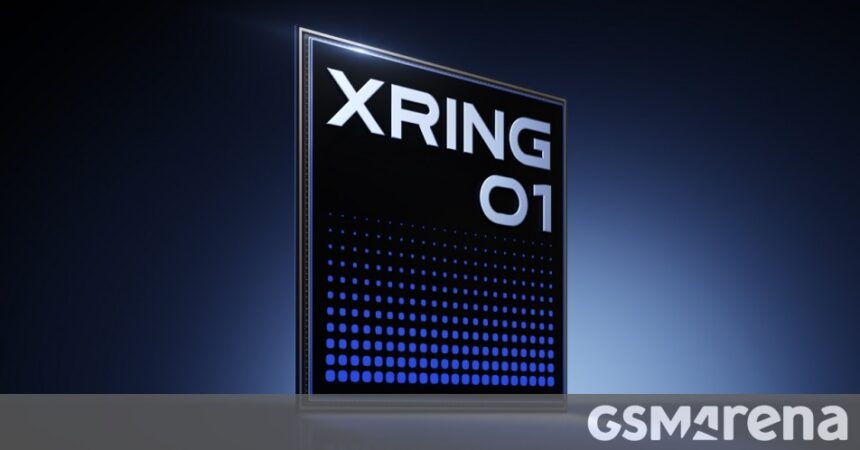This week, Ziomi introduced in-house flagship chipset for smartphones and tablets, Xring O1. It is featured on the Ziomi 15S Pro and Ziomi Pad 7 Ultra. Some suspected how much Ziomi actually did here – finally, O1 uses the standard CPU and GPU cores from the arm parts compartment. Team Coconut Dive a Deep Dive and find it .It is a really heavy customized chip.
The Xring O1 is a Fabbud on the TSMC N3E node, which is similar to the Mediterranean dementia 9400. And it also uses some equal parts-CPU for GPU and Cortex-X925 and A720 for Immortis-G925. However, the design is very different.
For beginners, the board has two cortex-X925 Prime Core, not the only one. And Ziomi ignored the X4, instead chose two types of Cortex-A720 for larger and middle-core. And added two AA 520 cores as a safety net.

It is an interesting element of the Cortex-A720 Cora A1 design. There are two clusters – four cores designed for high performance and two more Optim ptimized for efficiency. In the dye shot shown in the video you can see that the two functionality A720 cores is physically different from the four display A720 cores – it is a bit larger and limited to clock speed (1.9GHz vs. 3.4GHz).
This allows the chipset to switch between the cores to match the influence requirements when using as little power as possible. Low-power A720 cores are so good that two A520 cores are not required.
The end result is quite impressive – Ziomi’s XR10 Dimensity 9400 in terms of CPU performance and power efficiency. It is not at Qualcomm’s Snapdragon 8 elite level, but not far away.
Xring O1 is quite small at 109mm² – it’s the same size as Apple Pal A18 Pro. However, both Xiaomi and Apple Pal chips use external modems, while dementia 9400 and Snapdragon 8 Allight has built-in modems. This explains part of the discrepancy of the size (and creates an issue we will come later).

The Xring team has many megabytes of system level cache (SLC) in an interesting way-of-chip memory-in-chip memory, which is the last stop before obtaining data from RAM.
O1 has no SLC. Instead, Ziomi sets the CPU with lots of cache – 16 MB L3, all 10 cores, X 925 shares 2 MB L2 for cores and 1 MB L2 for each A 720 cores. GPU has 4 MB cache and 10 MB in NPU – look at it, it’s huge!
NPU is not an arm design but rather a custom Ziomi creation. The 6-core NPU takes the same room as a CPU. The ISP is also created by the fourth Pay Generation design, Ziomi. The previous Pay Generations are depicted as separate chips on the motherboards of the Xiaomi flagships, but are more efficient to build it.
Now we come to the GPU-16-core immortal-G925 from Hath. The XRing team did a brilliant job of organizing the CPU, but it may have gone wrong in the GPU. For one, it’s fairly large-dimensity 9400 is a 12-core G925.

Also, this Coconut The team guesses that the SLC excluded has damaged the GPU efficiency – it is very fast, but it uses more power than the dementia GPU on Peak Performance.
The more efficient CPU is linked to the fact that the GPU rarely runs on a full tilt creates a very good overall efficiency in real -life gaming tests. Nevertheless, this is the area that should improve the future design.
Another problem with efficiency – the external modem (in this case MediaTek T800) uses more power, which damages the standby endurance of the Xiaomi 15S Pro. One of the reasons is the hard work of being a unified 5G modem (which started with the iPhone 16e).
Ziomi is not yet there, but she took the first step – she introduced her first 4G modem with Xring T1, which is a chipset for the revised Xiaomi Vech Ch S4. It is much harder than 5G4G (it took years of apple to make it right), but it would be another main goal towards ICAL bhi integration for Ziomi.
With it, we leave you to watch the video, which goes in very detail on how Xring O1 is made and how it does:






